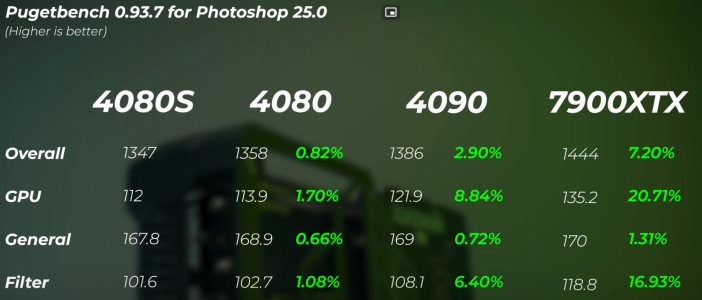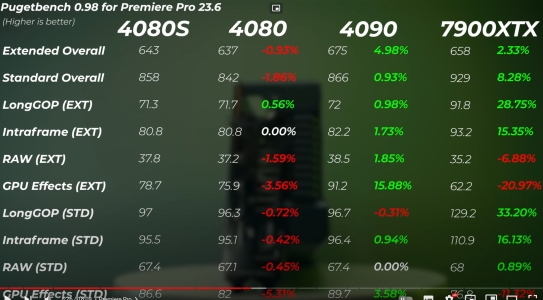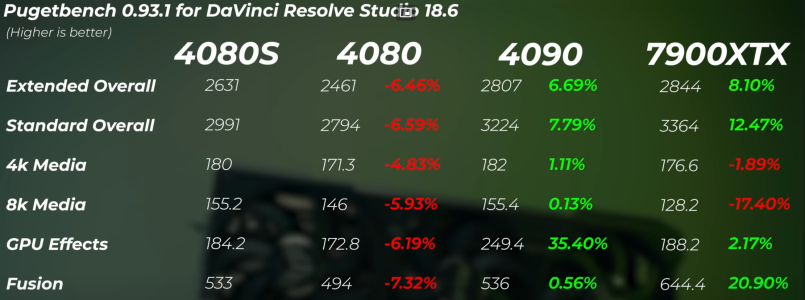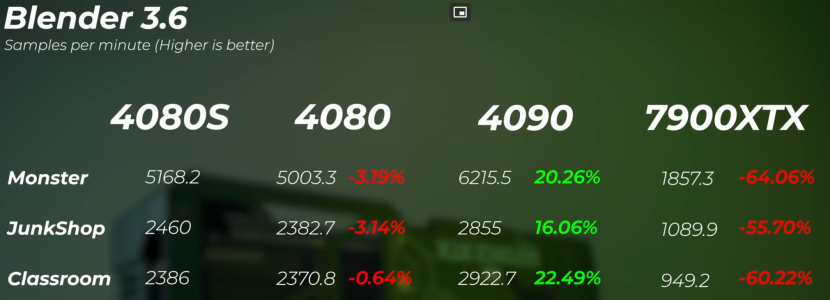I wish we actually had any real sales numbers. Even if AMD only has 10% of the flagship market that could still be hundreds of millions of dollars in sales, and that's not counting the fact they rebrand some consumer dies into prosumer.
Not really the problem. As always R&D is a net loss and the margins don't pay just for the cards but also for the R&D.
That's why Nvidia can afford to waste so much more money: if NV gets an effective 30% net margin per card, and sells 10M, while AMD sells just 2M, even if they have 50% per card, Nvidia just gets a lot more money, assuming that AMD is spending about as much in R&D (they're not).
The problem with this kind of vicious circle is that if you can't climb in market share, you can't put enough resources to better yourself, so you fall off more and more. AMD has no fundamental problem there since they have a hefty CPU income (and AI obv.) but it's still a general problem.
I do not deny that mindshare matters, but its not like there isn't an opportunity for companies to compete with Nvidia at various tiers of the market. Even when the 3050 outsells a 6600, AMD is still shipping millions of dollars of units.
It doesn't work that way either.
Sales fundamentally come from three things:
- access
- response to client needs
- price
AMD is a global company selling small electronics, access isn't a physical problem. But most people know about Nvidia first. When the non electronics inclined people go into an electronics store, Nvidia will be front and center since that's what sells. AMD will be "that other company" in case NV somehow doesn't work out for you.
Response to client needs is why we have segmentation. It's not about selling a good SKU or a few good SKUs, it's about getting the product people want.
This is where AMD really suffers actually, because NV managed to stick them with that rep of "bad drivers, bad support, bad quality", which AMD doesn't put enough effort into beating back.
When RDNA 3 come out, VR wasn't properly functional (stuttering) for 7 months.
People doing video editing work complained about crashes.
I even remember LTT complaining about the cards being not worth buying for 2 months or so (leave them in the oven longer).
That inability to get a day one flawless product is what's keeping this reputation going easy for Nvidia. Most of these problems are solved within the first 2 months (that VR bit was real bad though), but it's during these 2 months that most reviewers would try the cards.
As long as people believe that AMD will bring them crashes, trouble, or won't be able to do something or another that they might want to do, they'll go to Nvidia. Price barely even matters there. If you told me "you can possibly get this done on Radeon, possibly not, but on Geforce always, however it's 30% more expensive"...I'd buy Nvidia. I just am interested enough to know the truth of it, but most normies will simply want to pay, get the GPU, go home and play/model/video edit.
This is why mindshare matters so much. As long as AMD is seen as N°2, it's an uphill battle to sell vs NV, the "natural" seller. If AMD could get their software to about the same level as NV, already the rep of "poor man's GPU" or "bad drivers" would disappear over some time. If they can get their hardware to really smash NV's face in once, they'd go from being the outsider to being the new top dog.
I think that if AMD comes out with a monster GPU but has crappy SW support, it won't amount to that much. Lots of people will try, be disappointed, and that's going to be another bust. If they come out with strong software, then they'll be judged on price, not on client needs. Either works in the end, but I think SW is their real door to success. And it costs so much $$$$...












